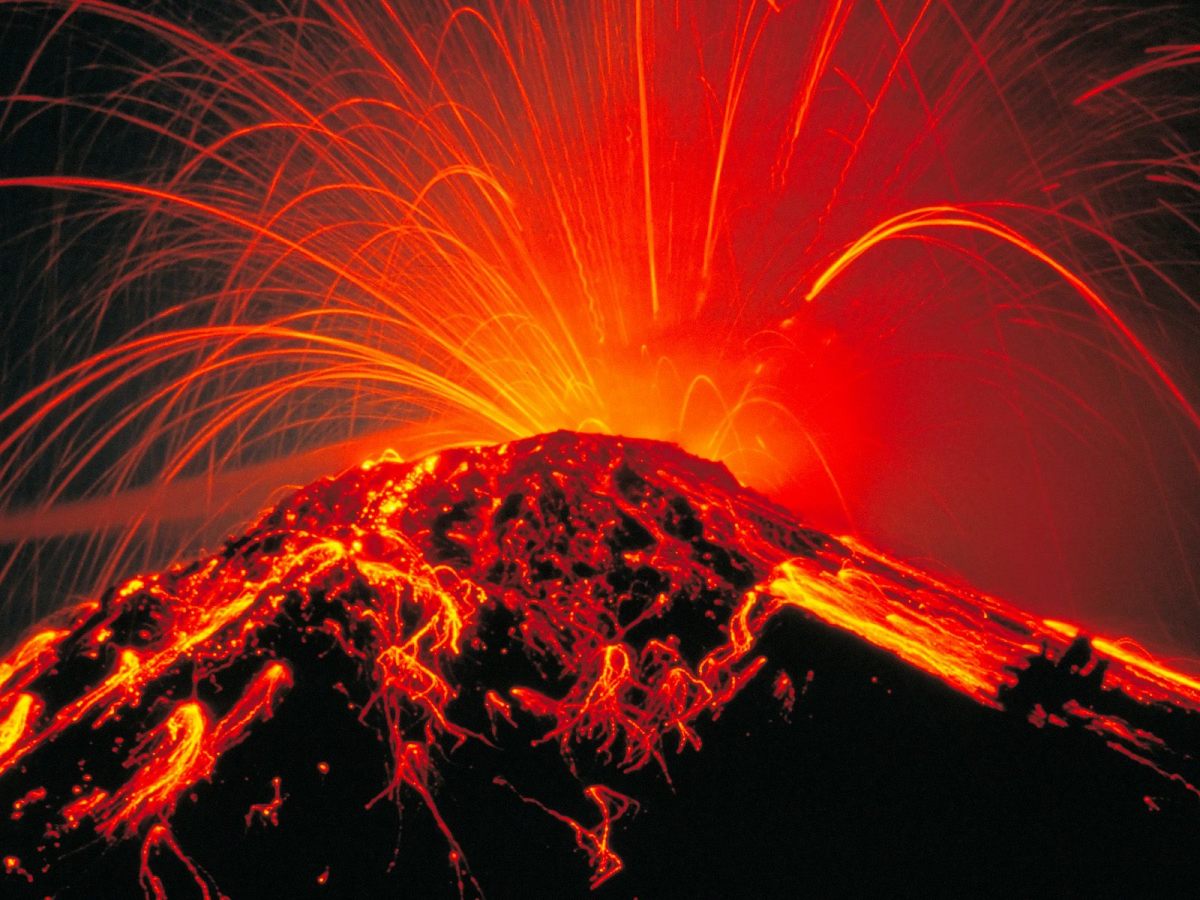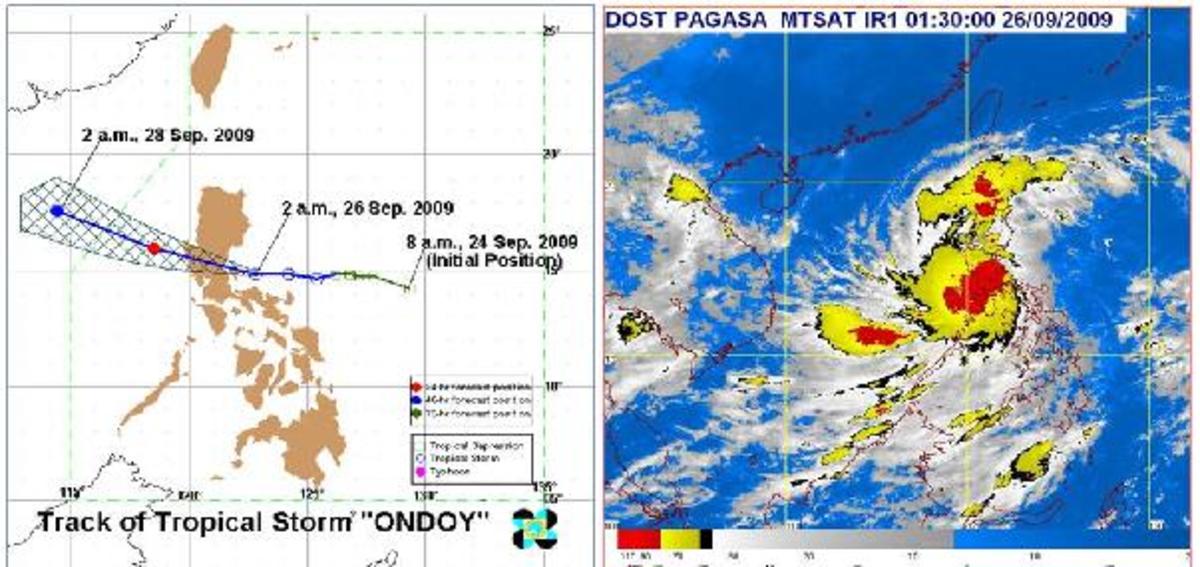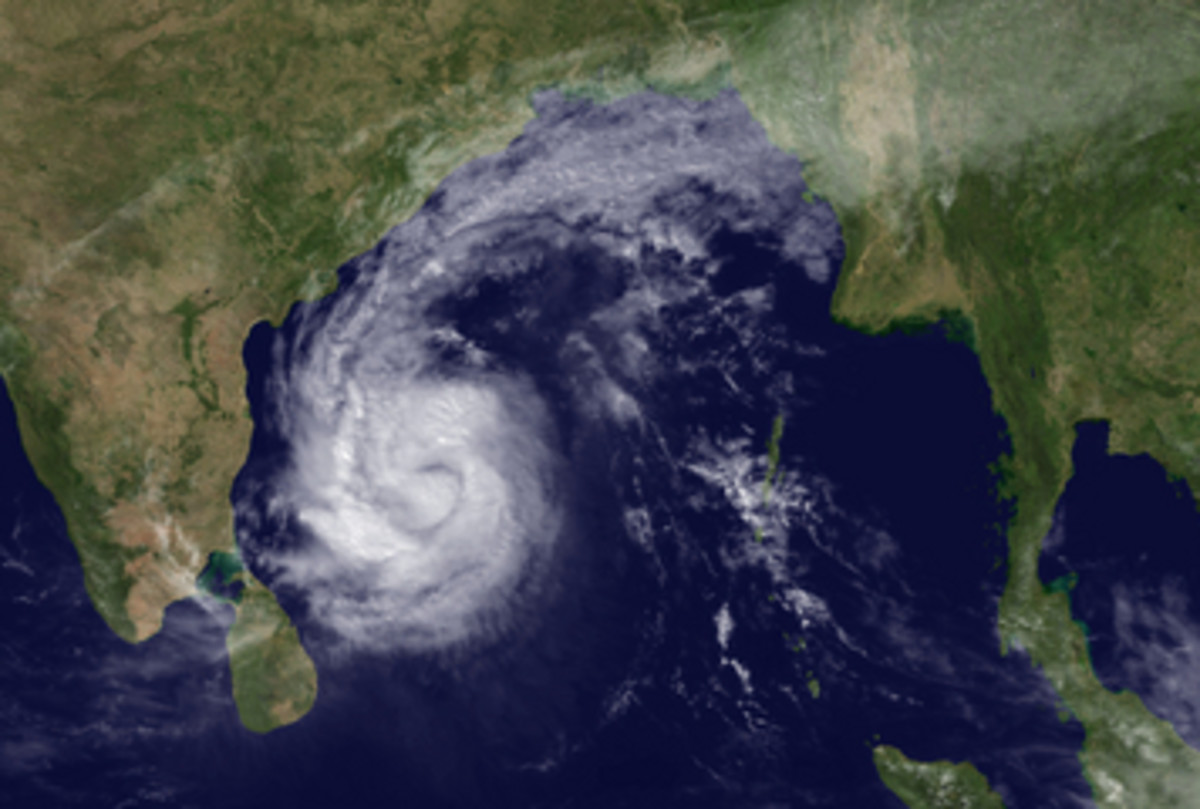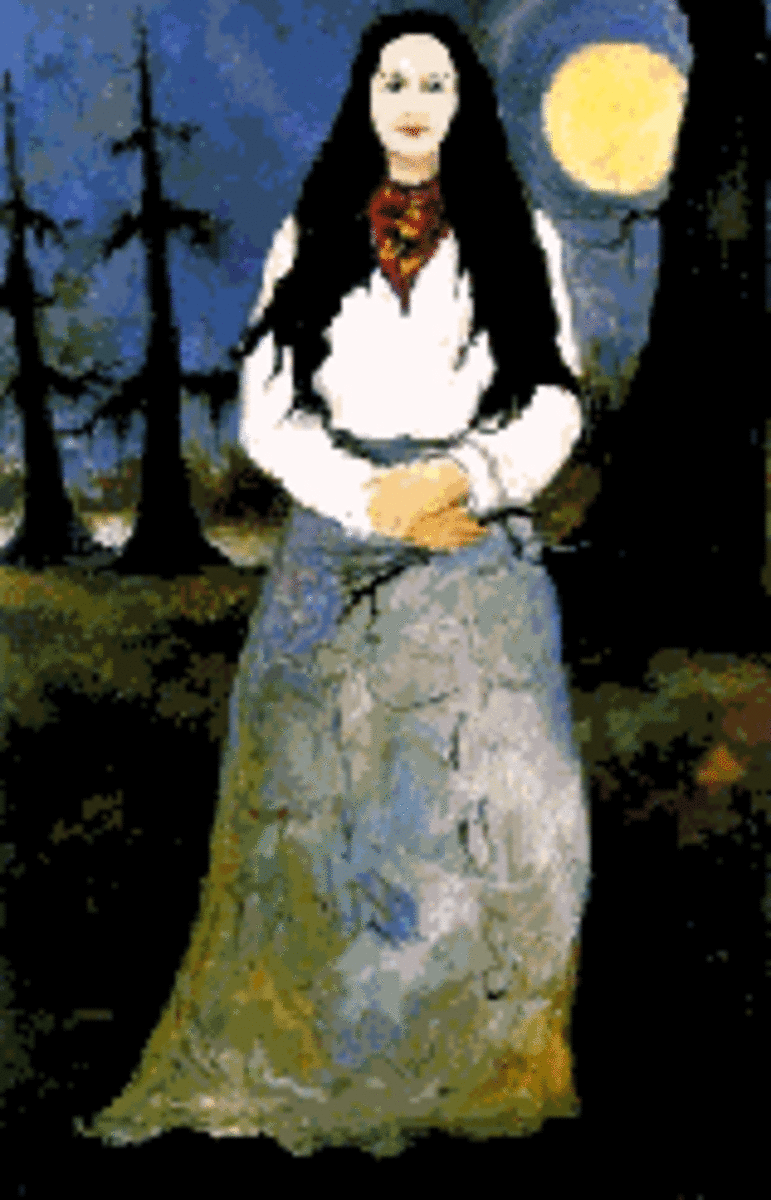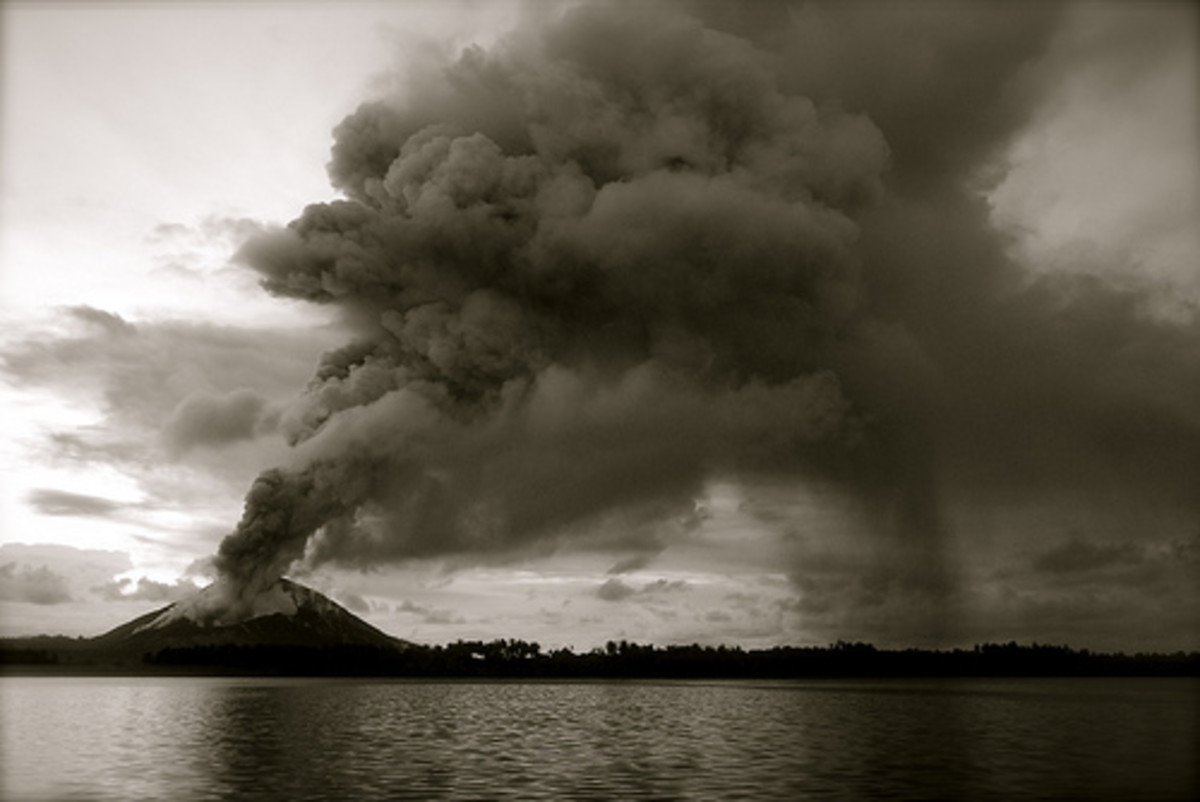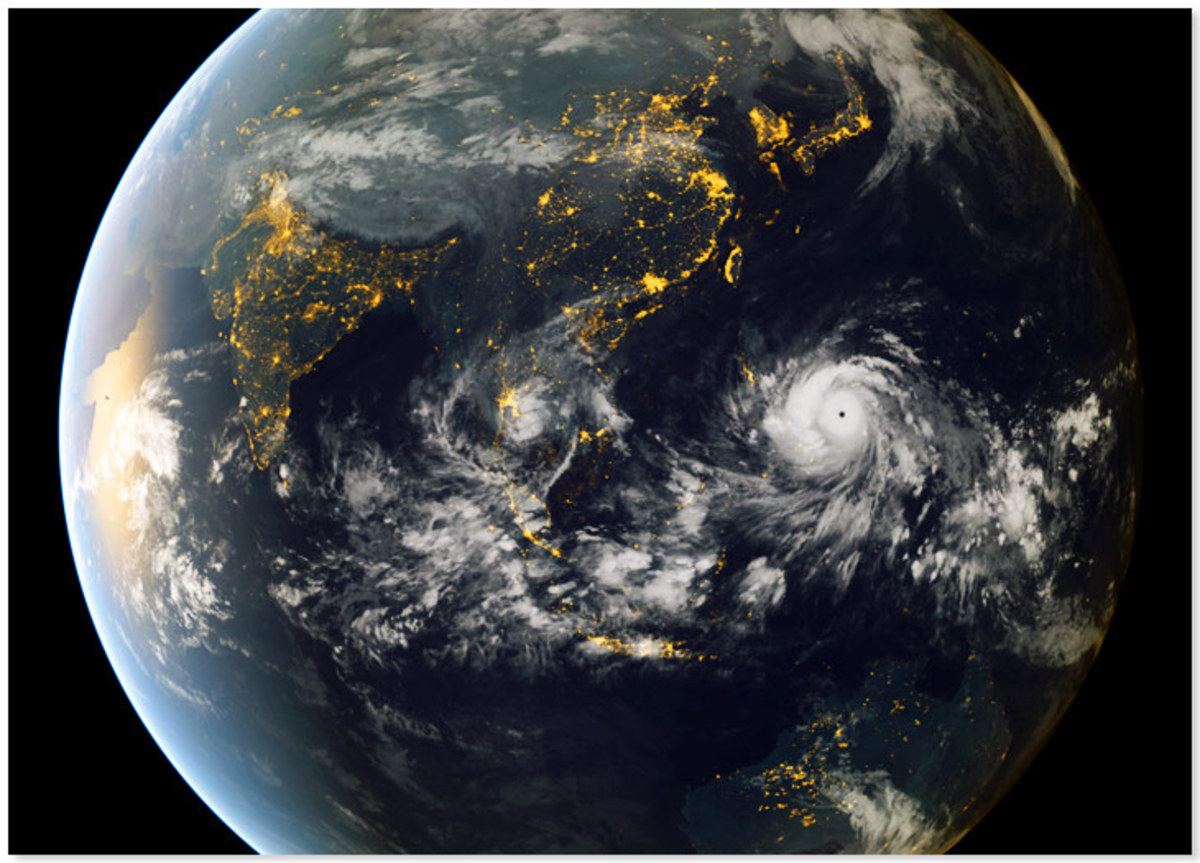Recent Natural Disasters - the Worst Avalanches
Evacuation at 2010 Salang Avalanche
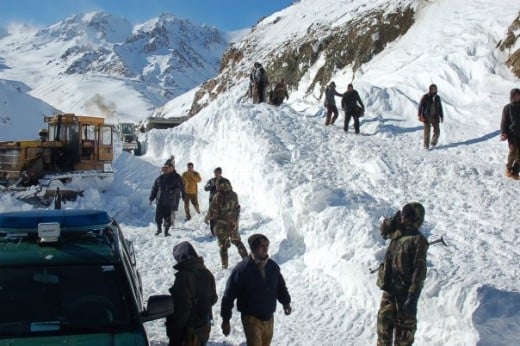
Recent Natural Disasters Series
'Avalanches' is a follow on from "Recent Natural Disasters - the Worst Earthquakes". 'Earthquakes' is part of the 'Recent Natural Disaster' series about a common perception that natural disasters are occurring more frequently as well as becoming more intense in recent times. The series looks at seven types of natural disasters including Earthquakes, Fires, Floods, Avalanches, Cyclones/Hurricanes, Tsunamis and Volcanoes. Despite a public perception that natural disasters seem to be getting more frequent and more intense, scientists state that this is not actually so. Rather than worsening in intensity, natural disasters are worsening in their capacity to cause damage due to increased population and development, particularly in coastal areas. Scientists argue that the reason behind the perception that natural disasters are getting more frequent is increased media coverage. Of course there is also argument that the opposite is the case. An article in the Sydney Morning Herald (cited below) describes 2010 as the second worst year for natural disasters since 1980 with 950 recorded disasters, 295,000 people dead and a disaster cost of $130 billion. This series will look at those propositions in the light of the worst recent disasters.

Avalanches
Avalanches can feature in any place where there are high mountains, snow and glaciers. An avalanche is the sudden fall of a large mass of snow, ice, rocks, mud or a mixture of these down the side of a mountain, overwhelming everything in its path. Avalanches are triggered by changes in temperature, vibrations in the earth and even sound vibrations.
What an Avalanche can Look Like
2011 Malaysian Mudslide
In May 2011, two massive landslides, occurring only moments apart, overwhelmed an orphanage in Hulu Langat, just south of Kuala Lumpur. There were 49 residents at the orphanage, most of them boys. 16 people died in the tragedy, most of them children. Landslides are common in Malaysia. The country has strict guidelines about building on or near hillsides. The area had been saturated with rain for 2 days prior to the disaster. This was not the worst landslide Malaysia has experienced, but it was one of the saddest disaster events due to the deaths of so many orphan boys.
2011 Malaysian Landslide

2010 Kohistan, Pakistan, Avalanche
In late February 2010, an avalanche struck the remote Pakistani village of Bagaro Serai, killing 102 people. The disaster was precipitated by days of heavy snowstorms in the area, blocking the roads into the area. There are no paved roads, also hampering aid efforts. The injured were placed in mosques until access could be achieved. A team of police hiked into the area on foot as the storms prevented helicopter access. Avalanches are regular events in this region as snow storms trigger glaciers in the Pakistani mountains.
2010 Kohistan Avalanche

Salang Avalanche - Afghanistan 2010
In early February 2010 a sereis of 32 avalanches struck near Kabul, capital of Afghanistan, killing at least 172 people and trapping many more in the Salang Pass, north of the capital. A section of road 3.5 kilometres long was blocked by the avalanches, resulting in the entrapment of over 2,500 people for days. The Pass is 11,000 feet above sea level. A freak storm in the nearby Hindu Kush mountain range caused the avalanche.
2010 Salang Avalanche Footage
Treating the Wounded at Salang 2010

Path of the Huascaran 1970 Avalanche

1970 Huascaran, Peru, Avalanche
Without a doubt, the 1970 Huascaran avalanche is the most devastating recent avalanche event in history. Huascaran is the highest mountain (sixth highest in the Western Hemisphere) in the Peruvian Western Andes range. At 22,000 feet it is prone to glaciers.
Up to 75,000 people were buried and died when a 900 metre wide, 1.6 kilometre long, 80 million cubic feet, 300 kilometre per hour wall of ice, mud and rock crashed into the villages of Ranrahirca, and Yungay in 1970.
The avalanche was caused by a large earthquake which struck off the Peruvian Coast.
This occurred after a previous Huascaran avalanche in 1962 killed 4,000 people in the same area.
Unlike the earthquake information, the avalanche information has not provided a useful indication either in support or refutation of the perception that natural disasters are getting worse and more frequent in recent times.
However, an argument for the perception could be drawn from other information. There is much evidence that the polar ice caps are melting and it seems likely that glaciers could be affected in the same way. A conclusion that could be reached is that the world will become increasingly prone to avalanche as the glaciers destabilise. However, further research would be needed to explore that issue.
My Recent Natural Disasters Series
- Recent Natural Disasters - the Worst Tsunamis
A tsunami is an enormous wave caused by earthquakes, volcanic eruptions, nuclear detonations, meteorite impacts, underwater explosions, landslides, avalanches and tectonic plate movements. - Recent Natural Disasters - the Worst Volcanic Eruptions
Volcanoes are vents or fissures in the earth's crust that expel gasses, ash, lava, and rock. The term volcano applies to both the actual vent or hole and the mountain that builds up around the vent as it spews forth material. - Recent Natural Disasters - the Worst Fires
This aspect of the series will focus on fires. The improvement of fire prevention technology means that most fires occur in rural settings. In the United States and Canada the term 'wildfire' is used while in Australia and New Zealand the word is 'bu - Recent Natural Disasters - the Worst Floods
The Queensland Floods could not be classified as the worst in terms of loss of life, but the sheer size of the catastrophe and the magnitude of the damage had been unseen by Australia up to that point and must rank as one of the most widespread flood - Recent Natural Disasters - the Worst Earthquakes
After a spate of recent natural disasters the world is wondering if natural disasters are becoming more frequent and more intense. The April catastrophe in Tornado Alley that killed more than 300 people. - Nuclear Power Plants near Fault Lines and Earthquakes
The damage to the Japanese collective psyche will be felt for years to come. One of the most tragic aspects of the disaster is the failure of the nuclear reactors at the Fukushima Daiichi site north of Tokyo in the wake of the earthquake.
Test Your Avalanche Knowledge
view quiz statisticsSources
- Wikipedia
- John Pickrell, "The Worst natural Disasters in Recent History", ABC Environment, 27 April 2011:http://www.abc.net.au/environment/articles/2011/04/27/3197103.htm
- 102 confirmed dead in Kohistan avalanche;http://www.prlog.org/10545463-102-confirmed-dead-in-kohistan-avalanche.html
- Ice Avalanches of the Nevados Huascar; http://maps.grida.no/go/graphic/ice-avalanches-of-the-nevados-huascar-n-in-peru
- Natural Disasters killed 295,000 in 2010, Sydney Morning Herald, January 4 2011, http://news.smh.com.au/breaking-news-world/natural-disasters-killed-295000-in-2010-20110104-19e06.html
- Orphans killed in Malaysia landslide, ABC News, 22 May 2011, http://www.abc.net.au/news/stories/2011/05/22/3223379.htm?section=justin

